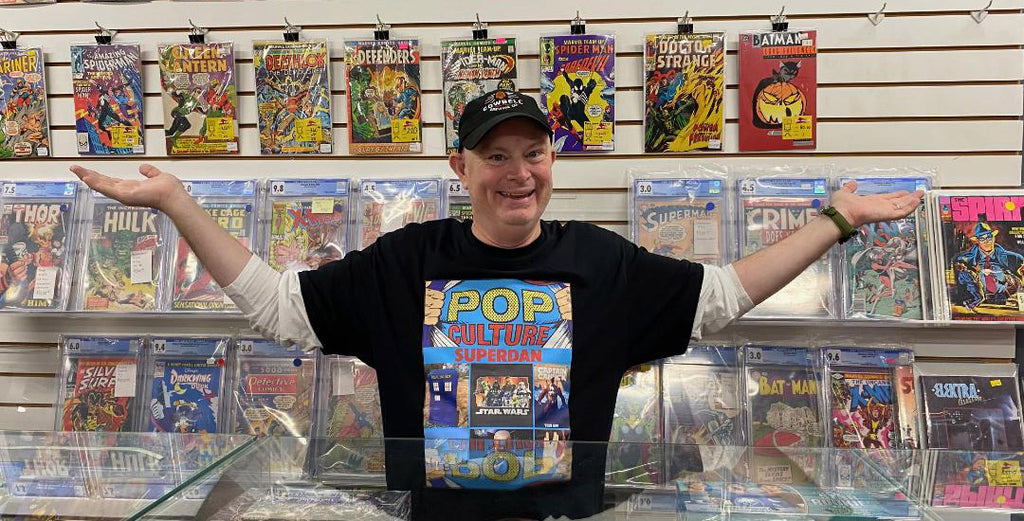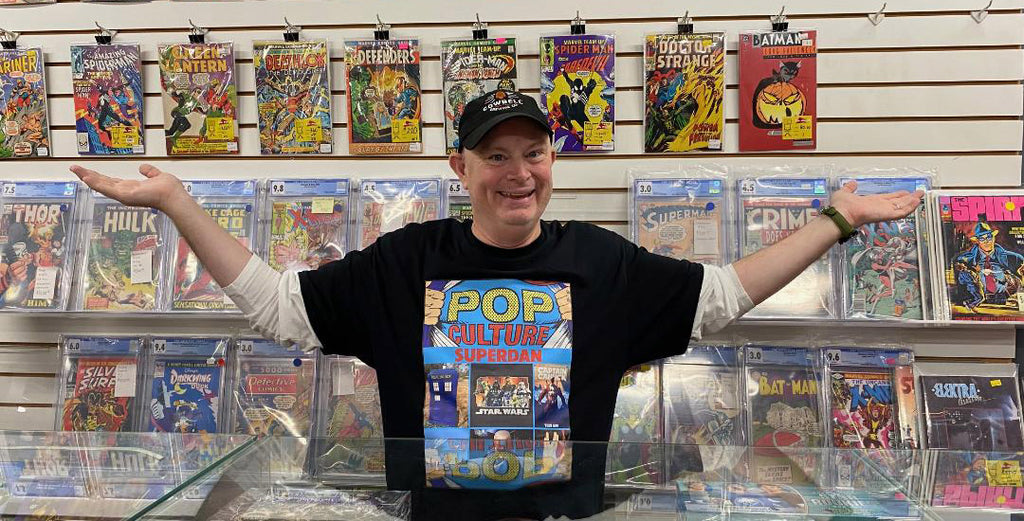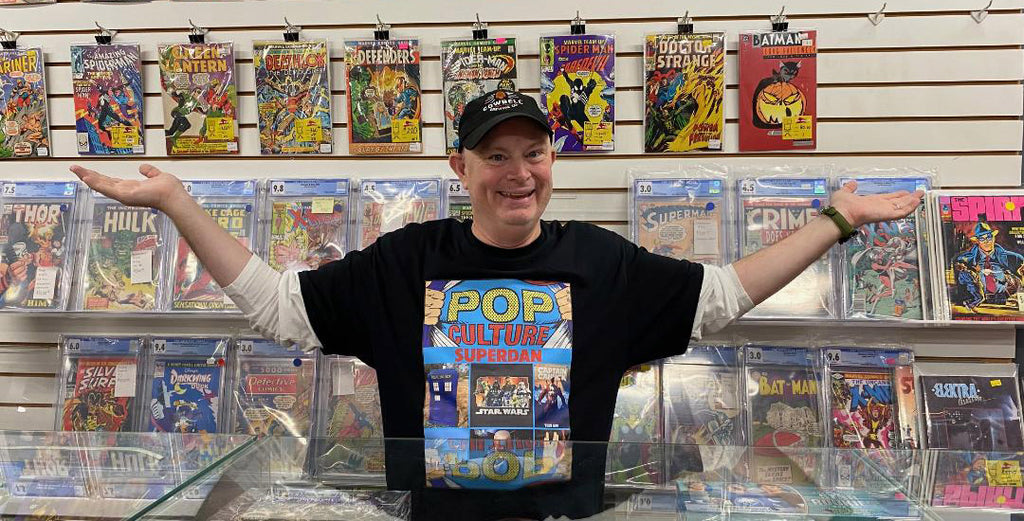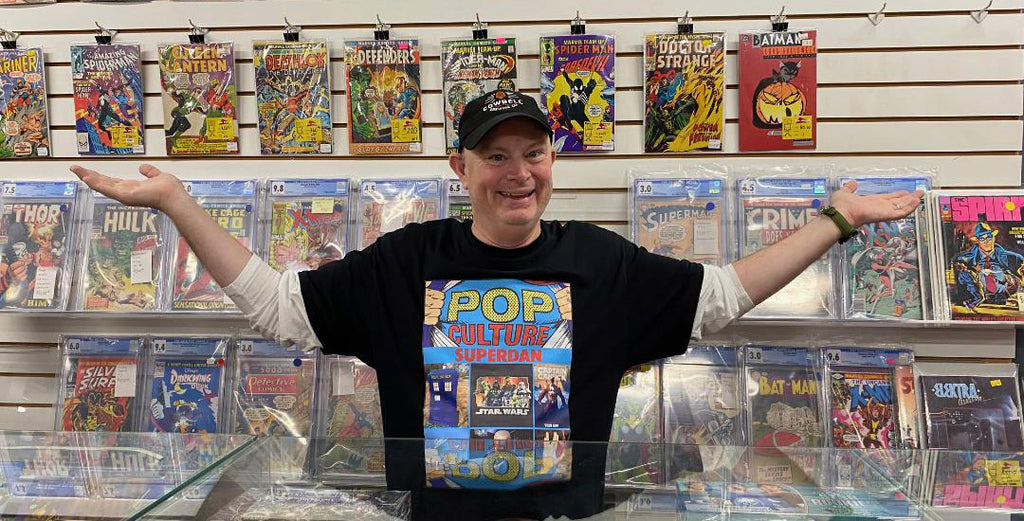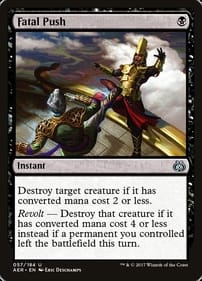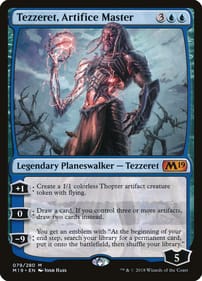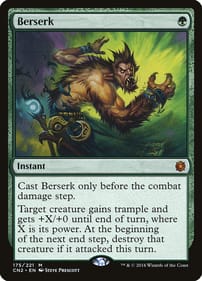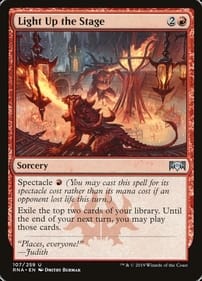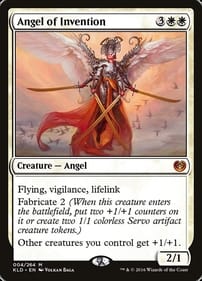Seth Remembers His Teen Years, or Does He?
By Dan BrownWith his latest release, Palookaville 24, Guelph cartoonist Seth has moved into full-on Alice Munro territory. And it’s delightful.What do I mean by comparing the graphic novelist to the best damn short-story writer on the planet?I mean, if it wasn’t before, it’s official now: The central preoccupation of Seth’s work is how his memory works, and doesn’t.It was already clear, in books like Clyde Fans and George Sprott, Seth was obsessed with the past. Much of the artist/writer’s work is set in a sort of 1950s Canada that we all recognize yet can’t remember distinctly. Nostalgia may or may not be the impediment. His main goal now appears to be pointing out the inadequacies of human memory as a stable platform for telling stories. So when I read the latest instalment of Nothing Lasts in the new Palookaville, I instantly thought of Nobel Prize winner Munro. Munro’s stories have been lauded for decades for their realism, but if you pay careful attention to the words she uses, you'll find Munro, a Wingham native and long-time Clinton resident, is often not describing what happens to her characters, but what could have happened. There’s a big difference. (Digression: Ajay Heble, my M.A. thesis advisor, wrote a whole book on this “reservoir of meaning,” as he calls it, in her work. And yeah, I did my thesis on Alice Munro. I’m a nerd.)So in the new book Seth will describe, in great detail, the daily routine of a summer job he had in the 1970s using the diction of uncertainty. He will lay out his memories for the reader and then say, “I think,” meaning he’s not sure how much to trust the vivid scene he has just described. “I’m not sure,” he’ll say in other passages. These seemingly fondly recalled moments could have happened the way he remembers. But did they?The comic creator then goes an additional step, and asks, “What DO I recall of those summers?” and revises his story. Nor can he explain why certain details stick out and others are a blank in his mind.For example, while detailing his summer job he reveals during that season he was reading a movie novelization. He never says which movie. “Was it really like this?” he writes at another point of his own narrative, probing his recollections of what seems like an eternal 1970s summer day.Seth goes even deeper, asking if a memory can die of neglect. The more he tries to nail down the images and feelings in his mind, the more they elude him. At one point he projects backwards, putting his adult self in a scene from his younger years. Then he projects forward to his future gravestone.All that, plus the chapter ends with a cliff hanger!Palookaville 24 also includes some sketchbook exercises Seth assigned himself and a film on DVD by Luc Chamberland of a suitcase theatre play that Seth performed using puppets.Chamberland is the same filmmaker behind Seth’s Dominion, the superlative National Film Board of Canada documentary about the cartoonist which animates passages from Seth’s previous work to great effect.(Bonus digression: Both Seth and Munro are products of Southwestern Ontario. I know everybody has to be from somewhere, but is there some kind of symmetry to that? Are people in this corner of Canada more obsessed with the images in their minds of the lives they have lived than other Canadians? It’s an honest question.) Dan Brown has covered pop culture for 30 years as a journalist and also moderates L.A. Mood’s monthly graphic-novel group.
Unproductive Cartoonist Joe Matt Preferred not to be Prolific
By Dan BrownCartoonist Joe Matt died last month at age 60. He was at his drawing table when the (unconfirmed) heart attack took him, but Matt’s friend Seth pointed out in an online tribute he likely wasn’t creating comics.Which is Matt’s tragedy. He will go down in comics history as someone who could have done more, but chose not to. The truth is, after his 14-issue run on Peepshow ended in 2006, Matt found other things to do apart from publishing his highly personal comics.That’s why, in my mind, I classify Matt alongside Bob Burden, Paul Chadwick, Michael Golden and David Mazzuchelli. They are all comic creators who, for whatever reason, aren’t consistently productive. As much as I enjoy their work, which is a lot, none of them are cursed with the gift of being prolific.It doesn’t mean the comics Matt made in his brief life are of poor quality. It just means, like many other comic fans, I have an itch that will never be scratched because with his sudden passing, the hope that Matt would ever draw and write another story disappears(None of this applies and all bets are off if some publisher finds a treasure trove of material he worked on, but never got published during his lifetime. I can only hope.)Matt came to prominence alongside his cartoonist friends Seth and Chester Brown, who all hung out in Toronto in the 1990s. Matt, an American, was in Canada illegally and eventually ended up settling in Los Angeles. A rumoured HBO series based on his comics never materialized.Matt was known for autobiographical stories that were embarrassing in the extreme. He specialized in detailing his own quirks and obsessions, such as spending a good chunk of every day masturbating to pornographic videos. He was kind of like comedian Larry David in that the essence of his work was describing the price he paid for being himself.In the coverage of his death, there have been hints Matt had been dealing with some kind of creative block. (I don’t believe in writer’s block, but that’s a subject for another column.) There were also indications his perfectionism got in the way.One way to measure his output would be to compare him to Seth and Brown, also autobiographical creators. What jumps out when you look at their bibliographies is how Seth, for instance, balances the need to be creative with the need to be perfect, and has produced a long list of books and other projects. Or you could compare him to a comics legend like Jack Kirby, who enrolled in New York’s prestigious Pratt Institute for illustrators when he was 14 years old. He ended up dropping out.“I wasn’t the kind of student that Pratt was looking for. They wanted patient people who would work on something forever. I didn’t want to work on any project forever. I intended to get things done,” Kirby would say later in his life.The consequence is that Kirby’s comics, all these decades later, are still being reprinted and sold to new generations of comic lovers. Meanwhile, Matt’s anthologies have already gone out of print.A modern example would be Southwestern Ontario’s own Jeff Lemire, who is always working on multiple books, never seeming to be at a loss for inspiration or motivation. He once credited his prolific nature to the work ethic he developed being raised on a farm.For whatever reason, Joe Matt wasn’t interested in living like that. The sad fact is, he will go down in comics history as a footnote. He will forever be “the other guy” of the Toronto Three.Dan Brown has covered pop culture for 30 years as a journalist and also moderates L.A. Mood’s monthly graphic-novel group.
Going inside the mind of Bruce Wayne
By Dan BrownBatman first appeared in 1939. Is it possible, all these decades later, there are still Batman stories left to tell?Featured in comics, big-screen serials, newspaper strips, radio dramas, live-action TV shows, animated programs, graphic novels and full-length motion pictures, the character has been through a lot.The Dark Knight has had his back broken. One of his wards has been killed in the line of duty. He’s retired, then changed his mind. His origin story has been re-told and revised and reiterated and rebooted so many times, we’ve all lost count.So what else could there possibly be?Well, there’s a crucial episode in the Caped Crusader’s life that hasn’t yet seen the light of day, and I’m going to give the idea away for free to any comic writer who wants to steal it.As we all know, unlike Superman and Wonder Woman, Batman has no special traits. Bruce Wayne is a mortal human, albeit a rich one.But according to one school of thought, he does have an ability that sets him apart from every other hero in the DC pantheon. What is Batman’s superpower? Being prepared.Combined with unlimited financial resources, the thing Wayne has going for him is he’s ready for any possibility. He has anticipated every scenario a superhero could face, and planned a solution.For example, it was in Frank Miller’s Dark Knight Returns that readers learned he was able to synthesize a small amount of kryptonite in case he ever had to face Superman in mortal combat. It took him years to accomplish, and cost a fortune, but it’s this foresight that allows Batman to put his spiked boot on Superman’s throat – and not just in a symbolic sense.In order to be prepared, one has to have a rich imagination. It’s true experience plays a part, but Bruce Wayne had to have a creative mind in the first place. After all, it’s not everyone who sees a bat fly through a window, then thinks: I’ll dress up as one of those in order to terrorize criminals.I define imagination as the ability to construct in your mind what doesn’t yet exist in the real world. It’s not just an asset to superheroes, but is the key to success in a wide range of professions. I don’t believe it’s innate. I think it can be developed. If you want a real-world example of its importance, bear in mind how the 9/11 Commission in the United States concluded it was partly a “failure of imagination” on the part of security planners that allowed the deadly attacks of that day to happen.So where does Wayne get his wonderful inventiveness? We don’t really know.Perhaps he was exposed to a lot of creativity in his younger years. In Miller’s telling, for instance, the night Wayne’s parents were killed they had just seen The Mark of Zorro at a Gotham movie theatre. Perhaps Wayne had a childhood filled with such flights of fancy.Or maybe it was Alfred who passed down his experiences to a young Wayne, opening the future crime fighter’s mind. Or perhaps there’s a character readers haven’t met yet who sparked his flowering creativity – it could have even been an influential teacher. If you grant that Batman’s superpower is being prepared, you have to account for how he developed what must be the sharpest imagination in the DC universe. That’s why, whoever it was or however it happened, the origin story of Batman’s imagination needs to be told. If you have any ideas about what other Batman stories are yet to be unleashed on comic readers, let me know in the comment box below or on Facebook.And by the way, this is the 16th column I’ve written for the website of L.A. Mood Comics & Games, but the first one I’ve written about Batman. What took me so long?Dan Brown has covered pop culture for 30 years as a journalist and also moderates L.A. Mood’s monthly graphic-novel group.
Back to School for Gifted Children
By Dan BrownIt’s early September, the perfect time for a back-to-school column. And the subject of this one is schools for gifted children, a recurring trope in pop culture I first came across in the pages of Marvel Comics in the late 1970s.At these places of learning, the students can be mutants or sorcerers or vampires or weirdos. The private-school setting is the common thread that ties them all together, and it’s a plot device that’s been so widely used, it’s become a narrative crutch that deserves to be parodied.The most recent example I noticed comes from the Netflix series Wednesday, which dropped last November. Although I love the Addams Family characters, Wednesday wasn’t really my thing. But my wife convinced me to watch long enough for me realize, “Hey, Nevermore Academy is the latest in a long line of Gothic boarding schools where things aren’t as they seem and perhaps monsters roam the halls!”(Fun fact: The original Addams Family television show was inspired by a single-panel recurring cartoon in The New Yorker magazine.)The first one of these schools I ever encountered was Professor Xavier’s School for Gifted Children. Maybe you can relate.I began reading The Uncanny X-Men in the early days of John Byrne’s run on the title as penciller, and I loved the characters so much I eventually worked my way backwards to the debut issue of the irregularly published title.Back in 1963, Jack Kirby was the first artist to depict this particular school, which was home to Cyclops, Marvel Girl, Angel, Beast, Iceman and, of course, Professor Charles Xavier (you knew he had mind powers because he was bald).Over the years, the building in New York’s Westchester County has been known by many names, like the X-Mansion, the Xavier Institute for Higher Learning, and the Xavier School for Gifted Youngsters. It has been destroyed, become sentient, been transported to another dimension, and lately rendered irrelevant by the mass relocation of the Homo Superior race to Krakoa. I think that’s a shame. It was in the aptly named Danger Room that Xavier’s pupils honed their mutant powers, safe from the world that fears and hates them.The most well-known academy for gifted children is, of course, the Hogwarts School of Witchcraft and Wizardry, made famous by J.K. Rowling and first appearing in her 1997 novel Harry Potter and the Philosopher’s Stone.We’ve now arrived at the point where I admit I don’t have a fully fleshed-out theory of why this trope resonates so strongly with the members of so many different fandoms. My brightest idea is simply going to school is a common experience we all share. That might account for why schools for the gifted are so prevalent in pop culture. But beyond that, your guess is as good as mine. Is the trend being driven by a fascination on the part of those who attended public schools with how things work at boarding schools? A fetish for things British? Laziness on the part of writers?Other examples include the Salvatore School for the Young & Gifted from The Vampire Diaries, the Umbrella Academy, and the superhero school in the clouds from the underrated 2005 flick Sky High.But I’ve saved the best for last. I’m talking about Canadian comic creator Jilliam Tamaki’s SuperMutant Magic Academy, which is a place where immortals, shapeshifters, braniacs, closeted lesbians and a girl with the head of a lizard go to classes.The 2015 graphic novel takes the Hogwarts and Xavier School premise seriously: What if teenagers with powers actually had to go to high school together? How would they deal with the angst of being teens? How would they cope with boredom? Would they use their special abilities for good? The result is a funny and touching portrait of a group of students and teachers who are really no different from you or me. I give the book an A+.Dan Brown has covered pop culture for 30 years as a journalist and also moderates L.A. Mood’s monthly graphic-novel group.
Expansive, Vivid Account of Comix History Worth the Read
By Dan BrownBrian Doherty’s superlative new book Dirty Pictures is not a history of comics, it’s a history of comix. There’s a difference.Comics are the mainstream titles you know, like those produced by DC and Marvel. Think Wonder Woman, Batman, The Amazing Spider-Man, Captain America, all those costumed do-gooders. Comix, on the other hand, is the name given to the underground picture-and-word books made, starting in the late 1960s, in San Francisco and other American cities by rebel publishers who skirted the law, and certainly violated the limits of good taste.Comics publishing was an industry with its own system of censorship, the Comics Code Authority, which was in place until relatively recently. Comix were famously published exactly how their creators drew them, legal consequences be damned.It’s hard to imagine anyone getting hauled into court for selling an issue of, say, The Fantastic Four, but a few individuals did get busted for selling comix. An example of an underground issue that stirred up legal trouble is the one that parodied Walt Disney character Mickey Mouse in lewd detail.I expected to learn a lot about comix before I cracked Dirty Pictures. What I didn’t foresee is how much I would learn about the comics industry as a whole from the 439-page volume, which I recommend to anyone with more than a passing interest in the history of comic-book publishing in North America. Not only is Dirty Pictures informative, but Doherty – by day an editor for Reason, the libertarian magazine – also does a great job of transporting the reader back to a time when “an underground network of nerds, feminists, misfits, geniuses, bikers, potheads, printers, intellectuals and art-school rebels revolutionized art and invented comix,” according to the book’s subtitle. Doherty introduces the reader to Robert Crumb, Art Spiegelman, Robert Williams, and other key figures. Crumb, the leader of the comix movement, is the guy who popularized the phrase “Keep on truckin,'” which appeared on seemingly every car bumper in the 1970s.You may know Spiegelman as the creator of the 1987 graphic novel Maus, an account of his Holocaust-survivor father’s life told using cartoon animals that earned a Pulitzer Prize. Less well-known is how the genesis of Maus began in underground comix years prior to that.Williams is now known as the artist whose racy 1978 painting of a robot and a partially clad woman served as the original cover for the Guns N’ Roses album Appetite for Destruction (it would be swapped out for a safer image after an outcry from retailers and the public).Famous comix titles include Snarf, Zap, and Young Lust. They were published by companies with such dodgy monikers as Rip Off Press, Last Gasp Press and Head Imports. They were typically one-offs, with notable exceptions, since they didn’t follow a regular monthly publishing schedule. The cartoonist Bill Griffith, who went on to syndicate his Zippy the Pinhead strip in conventional newspapers, is quoted in Doherty’s book saying, “ For me, when I use the word (comix), I mean work that will wake you up, work that allows you to be able to see more, to become more receptive, more alive” Doherty wisely conducted fresh interviews with many of the artists from the San Francisco scene to bolster his research. Those interviews are just one element that makes this book required reading. And while you might think his account of those heady days would suffer because of the fading memories in the minds of those who were there at the creation, the author peppers each chapter with contemporary records, like the letters they wrote to each other back in the day.Comix publishing was, according to Doherty, a “loose, friendly, strange business.”This exhaustive history draws a direct line from Mad magazine founder Harvey Kurtzman to the underground creators of the 1960s to the autobiographical graphic novelists of today. If you want to understand how we ended up with the comics industry we have in 2023, Dirty Pictures is one of the best places to start.Dan Brown has covered pop culture for 30 years as a journalist and also moderates L.A. Mood’s monthly graphic-novel group.
Not Every Comic Has To Be A Movie
By Dan BrownFunny thing about the ongoing writers’ strike in Hollywood: It got me wondering what, exactly, movie writers do in our age of superhero cinema.If most of the top-grossing motion pictures are comic-book adaptations, or based on video games, or derived from other existing pop-culture properties like toys, books, and plays, what exactly does being a screenwriter in 2023 mean?At the moment your favourite superhero or villain makes the leap to the big screen, there’s already a reservoir of years or even decades of source material to draw from.In the case of the latest example, Blue Beetle, the DC comic do-gooder had been around since the end of the Great Depression.No Tinseltown scribe had to struggle to figure out an origin story for Blue Beetle. The same goes for Superman, Batman, Captain America and the rest. The villains who oppose these heroes are likewise well-established at this point, along with the supporting players and settings. So where exactly does the writer figure into the process?Or, to cite an example I used in a previous column: No one at Marvel Studios had to invent Thanos or the Infinity Stones because artist/writer Jim Starlin saved everyone the trouble by establishing all of these plot devices back in the 1970s. The hard part was done decades ago.So here’s a wacky thought: If it’s not the WGA members who are doing the creating in the first place, why not just cut them out of the process entirely?Since the major story elements of most franchises have been in place forever, let’s save the strikers any more agony by going the extra step: Let’s call for a temporary moratorium on making comic movies.That’s right. Why not just leave the remaining franchises unadapted? Crazy proposal, I know. Call me a heretic.But bear with me.I’m well aware film versions of comics and graphic novels are a tradition by now. Some fans even enjoy the movies that result.I’m also aware of how comic enthusiasts love to speculate about upcoming adaptations. Dream-casting is an industry unto itself, and the debating didn’t start with the internet.I remember reading an Uncanny X-Men letter column during the John Byrne/Chris Claremont years in which then-famous names were bandied about in the hopes a studio would produce a movie relating the adventures of our favourite mutants. If I recall correctly, one correspondent suggested Charlton Heston had the requisite gravitas/menace to play Magneto.That adaptation never happened, and maybe it’s a good thing it didn’t.That’s right: I’m saying not every comic has to be a movie. Even the popular and well-regarded comics.I realize it’s a financial imperative for Disney to exploit Marvel until every last cent of value has been squeezed out of its vast library of characters, but humour me for a moment. I think you and I can agree these are days of diminishing returns. Some adaptations, maybe even the majority, should never have been greenlit. God knows I worship Jack Kirby, but Eternals did not leave much of an impression on the collective imagination. Same goes for She-Hulk and Ms. Marvel. How many Suicide Squad films have there been? Do you know anyone who's clamoring for a series about Wonder Man, the obscure Avenger? I fear the truth is that comic fans will value comic-book characters and stories only if they become fodder for a motion picture, thus earning Hollywood’s seal of approval.But sometimes it’s all right for the comic to be the end of the line. Sometimes the comic itself can be the final statement. I'm here to tell you: Your favourite comic series is a valid art form whether or not it eventually gets cannibalized for use on the silver (or small) screen.Maybe I’m giving the folks at Marvel Studios too much credit, but in the Disney+ Hawkeye miniseries the producers included a scene in which Clint Barton attends a Broadway musical based on the life of Captain America called Rogers: The Musical. A TV show that imagines a stage production about a hero from the movies who was based on a comic character in the first place? I thought it was a sly comment on adaptations run amok.So my plea to my fellow pop-culture fans and everyone else in the comic world is this: Let’s allow the original, comic version of some stories to be the final word. A comic or graphic novel doesn’t have to be turned into a movie or a show or a game for it to be an artistic masterpiece all on its own.Sorry, writers of Hollywood. Once the strike is resolved, perhaps you could go back to plundering cheap paperback novels to find ideas for your scripts. That’s worked out all right in the past. Dan Brown has covered pop culture for 30 years as a journalist and also moderates L.A. Mood’s monthly graphic-novel group.



